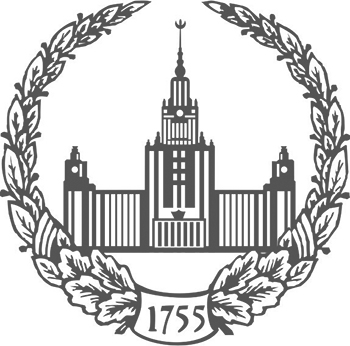
-
Pluralism and Dialogue in the Spiritual Heritage of the Popes John XXIII and Paul VIMoscow University Bulletin. Series 8: History 2024. Vol.65. N 5. p.118-132read more343
-
The article explores the formation of the concepts of dialogue and pluralism as they relate to the spiritual heritage of Popes John XXIII and Paul VI. The Second Vatican Council (1962–1965) initiated the process of the so-called aggiornamento, i.e. the renewal of various aspects of Catholic teaching, and raised the question of revising the principles of relations between the Roman Catholic Church and modern society. Achieving the objectives of the Council necessitated a shift in the approach and tactics employed in communication, a transformation that could not be realized without acknowledging the indispensability of modern concepts such as pluralism and dialogue. These terms feature prominently in the vocabularies of Popes John XXIII and Paul VI, who, through their encyclicals and messages, have constructed a distinctive semantic framework around these concepts. The Catholic conception of pluralism does not imply plurality and equali ty of the components that make up society, but is divided into legitimate and illegitimate, with the criterion of legitimacy being defi ned by the unquestionable authority of the Holy See. The dialogue, which is predicated on the equality of the parties involved, is, in papal documents, reduced to a refined rhetorical and tactical device to achieve the unchanging goal of restoring the unity of the Christian world under the pope’s authority. This represents a shift in the Roman Catholic Church towards a form of realpolitik in its global relations, while maintaining its missionary objectives. However, this pragmatic approach is also characterized by a certain degree of ambivalence, as it grants the pontiff greater discretion in determining the limits of what is permissible, both in establishing the legitimacy of pluralism and in expanding or narrowing the targets, forms and methods of dialogue. This ambivalence was particularly evident during Pope Francis’s papacy, as evidenced by his openness to non-Christian spiritualities and alternative models of social organization, which elicited a range of reactions from both the general public and the Catholic clergy.
Keywords: Roman Catholic Church, pluralism, dialogue, people of goodwill, Second Vatican Council, aggiornamento, soft power politics
-
-
Ethnocultural Identities through the Lens of Statistics: Russian Population Censuses, 1897–1937Moscow University Bulletin. Series 8: History 2025. Vol.66. N 1. p.158-173read more315
-
The article examines how the programmes of population censuses conducted in Russia between 1897 and 1937 reflected the dynamics of perceptions of major ethnocultural identities. Among the various forms of cultural identity in Russia, the most significant were linguistic, religious, and ethnic. However, the relative importance of these categories shift ed across different periods, as state priorities in promoting one or several of them evolved. The censuses of 1897, 1920, 1926, and 1937 vividly reveal transformations in this hierarchy of identities. Special attention is devoted to the incorporation of the category of national (ethnic) identity into census practices. In the Russian Empire of the modern era, an elite discourse emerged that proposed diverse interpretations of the nature of the ethnic (national): defining Russianness through its attributes — Orthodoxy and loyalty to the throne; defining Russianness through culture; and defining Russianness through notions of “race”, “stock”, or “blood”. For the broader Russian population, however, a presumption operated: Russian meant Orthodox and loyal to the throne (with the tacit implication of the Russian language). The study demonstrates that, in Soviet Russia, the significance of ethnic identity increased, facilitated both by the principle of national self-determination adopted by the new regime and by the administrative divisions, which were closely tied to nationality. It is therefore no coincidence that the 1920 census included, for the first time, a question on ethnic affiliation, framed as “narodnost” (“ethnic group”), which in the 1926 census was replaced with the term “nationality”. The analysis of the censuses conducted between 1897 and 1937 shows that the fundamental factors of ethnic identity in Russia — although not officially recognized in every period — were language and religion. The connection between language and ethnicity appears almost self-evident. The link between ethnicity and religion is less straightforward, yet despite the repression of religion it persisted, albeit muted; over time, however, in the structuring of identities (primary/derivative), religion and ethnicity exchanged their positions .
Keywords: population censuses, native language, religion, nationality, ethnicity, self-identification
-


